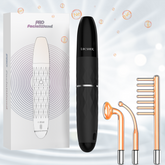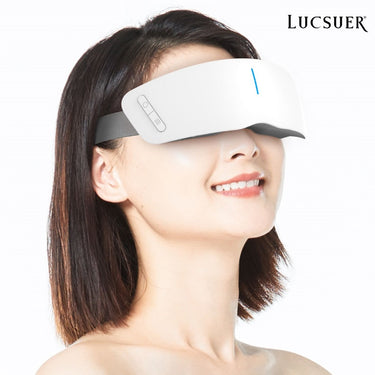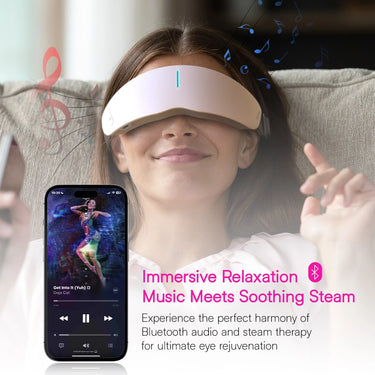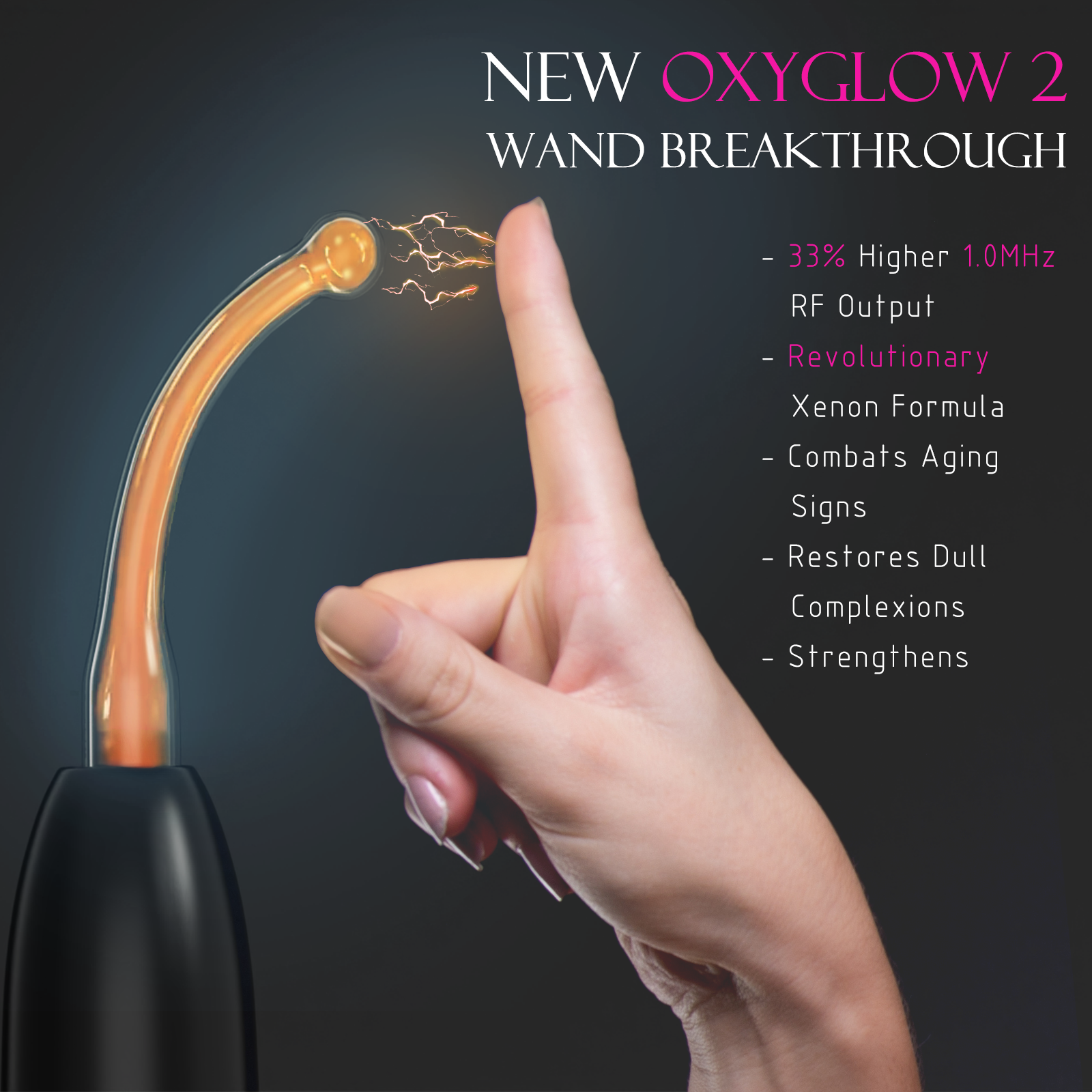Introduction
The world of skincare and wellness has been abuzz with the rising popularity of red light therapy (RLT). This innovative treatment has captured the attention of beauty enthusiasts, athletes, and healthcare professionals alike, promising a range of benefits from anti-aging effects to pain relief. In this comprehensive guide, we’ll explore the proven advantages of red light therapy devices, understand how they work, and equip you with the knowledge to make an informed decision about incorporating them into your routine.
1. Overview of Red Light Therapy
1.1 What is Red Light Therapy?
Red light therapy, also known as photobiomodulation or low-level light therapy, is a non-invasive treatment that utilizes specific wavelengths of red and near-infrared light. Originally developed for medical applications, it has gained traction in the consumer market for its potential benefits in skincare, muscle recovery, and overall wellness.
While the concept of using light for therapeutic purposes dates back centuries, modern RLT devices harness the power of specific light wavelengths to stimulate cellular processes and promote healing.
1.2 How Red Light Therapy Devices Work
Red light therapy devices emit light in the visible red and near-infrared spectrum, typically ranging from 630nm to 850nm. These wavelengths have been shown to penetrate the skin and underlying tissues, where they interact with cellular components called chromophores.
The interaction between the light and these chromophores triggers a series of biological reactions, including increased cellular energy production, enhanced circulation, and the release of beneficial molecules like adenosine triphosphate (ATP) and nitric oxide. These processes are believed to contribute to the various therapeutic effects associated with red light therapy.
2. Proven Benefits of Red Light Therapy
2.1 Skin Health and Anti-Aging
One of the most well-known benefits of red light therapy is its potential to promote skin health and combat the signs of aging. Clinical studies have demonstrated that RLT can stimulate collagen production, reducing the appearance of fine lines and wrinkles.
Additionally, red light has been shown to improve skin tone and texture by enhancing cellular turnover and promoting a more even complexion. Various dermatological studies support these benefits, making RLT a promising addition to anti-aging skincare routines.
2.2 Acne and Inflammation Reduction
For those struggling with acne or inflammatory skin conditions, red light therapy offers a non-invasive and effective solution. By reducing inflammation and regulating the production of sebum (oil), RLT can help alleviate acne breakouts and promote a clearer, more balanced complexion.
Dermatological research has demonstrated the efficacy of red light therapy in reducing inflammation and promoting wound healing, making it a valuable tool for individuals seeking a natural approach to managing inflammatory skin conditions.
2.3 Pain Relief and Muscle Recovery
Beyond its skincare benefits, red light therapy has gained popularity among athletes and individuals seeking relief from chronic pain or faster muscle recovery. Studies have shown that RLT can penetrate deep into the tissues, promoting blood flow and reducing inflammation in the targeted areas.
This makes red light therapy a promising complementary treatment for conditions such as arthritis, muscle strains, and joint pain. Additionally, many athletes incorporate RLT into their recovery routines to accelerate muscle repair and reduce post-workout soreness.
2.4 Enhanced Mood and Cognitive Function
Emerging research suggests that red light therapy may also have positive impacts on mood and cognitive function. Studies have indicated that exposure to specific wavelengths of red light can increase the production of neurotransmitters like serotonin and dopamine, potentially improving mood and alleviating symptoms of conditions like depression and seasonal affective disorder (SAD).
Furthermore, some preliminary evidence suggests that RLT may enhance cognitive performance, memory, and focus, although more research is needed to fully understand these potential benefits.
3. Popular Red Light Therapy Devices
3.1 Types of Devices Available
Red light therapy devices come in various forms, each designed to cater to different needs and preferences. Some of the most common types include:
- Panels: Large, flat panels that emit red and near-infrared light, ideal for full-body or targeted treatment areas.
- Masks: Wearable masks that cover the face, providing concentrated light therapy for skincare and anti-aging benefits.
- Handheld Devices: Portable and versatile, these devices can be directed at specific areas of the body for targeted treatment.
- Bed or Pad Systems: Larger devices that allow for full-body exposure to red light, often used in professional settings or for more comprehensive treatment.
Each device type offers its own advantages and disadvantages in terms of coverage area, portability, and intensity of light exposure.
3.2 Key Features to Look For
When selecting a red light therapy device, it’s important to consider several key features to ensure effectiveness and safety:
- Wavelengths and Intensity: Look for devices that emit light in the optimal wavelength range (630nm to 850nm) and with sufficient intensity to penetrate the desired depth.
- Safety Features and Certifications: Prioritize devices that are FDA-approved or cleared, as well as those with built-in safety features like automatic shut-off timers and eye protection.
- User-Friendliness and Design: Consider factors such as ease of use, adjustable settings, and overall design to ensure a comfortable and convenient treatment experience.
3.3 Top Recommended Red Light Therapy Devices
Based on extensive research, expert opinions, and user experiences, some of the top recommended red light therapy devices on the market include:
- [Device A]: Known for its high-quality LED panels, customizable settings, and comprehensive coverage.
- [Device B]: A popular handheld device praised for its portability, affordability, and effectiveness in targeted treatments.
- [Device C]: A premium mask system designed for facial treatments, offering advanced features and clinically-proven results.
Detailed reviews and comparisons of these and other top-rated devices can be found in our comprehensive product guide.
4. How to Use Red Light Therapy Devices
4.1 At-Home vs. Professional Treatments
Red light therapy devices are available for both at-home and professional use. While professional treatments in a clinical or spa setting may offer more intense and specialized options, at-home devices provide convenience and cost-effectiveness for those seeking regular light therapy.
The choice between at-home or professional treatments will depend on individual preferences, budgets, and the specific concerns being addressed.
4.2 Step-by-Step Guide to Using RLT Devices
To ensure safe and effective use of red light therapy devices, follow these steps:
- Prepare Your Skin: Cleanse your face or the targeted area to remove any makeup, dirt, or oils that could interfere with light penetration.
- Position the Device: Place the device at the recommended distance from your skin, typically between 6 to 18 inches, depending on the device and treatment area.
- Adjust Settings: If your device has adjustable settings, select the appropriate wavelength(s) and intensity level based on your treatment goals and the manufacturer’s recommendations.
- Protect Your Eyes: Wear the provided eye protection or keep your eyes closed during the treatment to avoid direct exposure to the bright light.
- Treatment Duration: Follow the recommended treatment times, which can range from a few minutes to an hour or more, depending on the device and desired outcome.
- Post-Treatment Care: After the treatment, apply any recommended skincare products or moisturizers, and avoid direct sun exposure for a few hours.
Consistency and proper usage are key to achieving optimal results with red light therapy devices.
5. Safety and Precautions
5.1 Potential Side Effects
While red light therapy is generally considered safe when used as directed, some potential side effects may occur, particularly with prolonged or excessive exposure. These can include:
- Temporary skin redness or warmth
- Eye strain or discomfort (if proper eye protection is not used)
- Headaches or dizziness (in rare cases)
To minimize risks, it’s crucial to follow the manufacturer’s instructions, use the recommended settings, and avoid overexposure.
5.2 Who Should Avoid Red Light Therapy?
Although red light therapy is widely regarded as safe, there are certain groups who should exercise caution or consult with a healthcare professional before using RLT devices:
- Individuals with photosensitive conditions or taking photosensitizing medications
- Pregnant or breastfeeding women (as a precautionary measure)
- Those with a history of certain eye conditions or recent eye surgery
- Individuals with active skin conditions or lesions in the treatment area
Conclusion
Red light therapy has emerged as a powerful and versatile treatment option, offering a wide range of scientifically-backed benefits for skincare, pain management, and overall wellness. From reducing the appearance of fine lines and wrinkles to alleviating muscle soreness and promoting a brighter complexion, the proven advantages of RLT devices are hard to ignore.
As with any wellness treatment, it’s crucial to approach red light therapy with an informed and discerning mindset. By understanding the science behind it, the key features to look for in devices, and the proper usage techniques, you can maximize the potential benefits while minimizing any risks.
Whether you’re seeking a non-invasive anti-aging solution, relief from chronic pain, or a boost in overall well-being, exploring the world of red light therapy devices may be a game-changer for your wellness journey. Remember to consult with healthcare professionals, especially if you have any pre-existing conditions, and embark on this innovative treatment with confidence and knowledge.
Frequently Asked Questions (FAQs)
What is the best wavelength for red light therapy?
The most effective wavelengths for red light therapy typically fall within the range of 630nm to 850nm. However, different wavelengths may be more suitable for specific concerns. For example, wavelengths around 650nm are often recommended for skin rejuvenation, while longer wavelengths near 850nm may be more beneficial for deeper tissue penetration and pain relief.
How often should I use a red light therapy device?
The recommended frequency of use can vary depending on the device, the treatment area, and the specific concerns being addressed. Most experts suggest starting with 2-3 sessions per week and adjusting as needed. It’s essential to follow the manufacturer’s guidelines and listen to your body’s response to avoid overexposure.
Can red light therapy be combined with other skincare treatments?
Yes, red light therapy can often be combined with other skincare treatments for enhanced benefits. For example, it may be used in conjunction with topical skincare products, microneedling, or chemical peels. However, it’s always best to consult with a dermatologist or skincare professional to ensure proper timing and compatibility of treatments.









